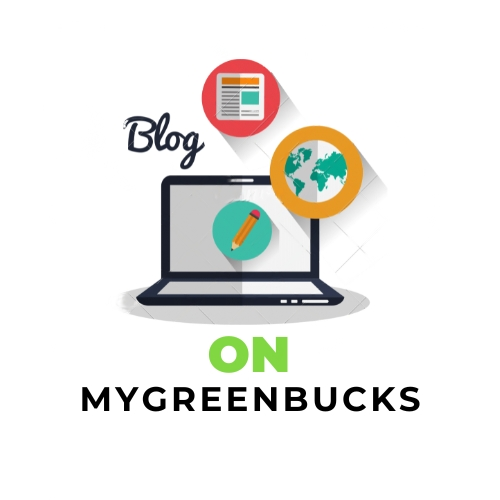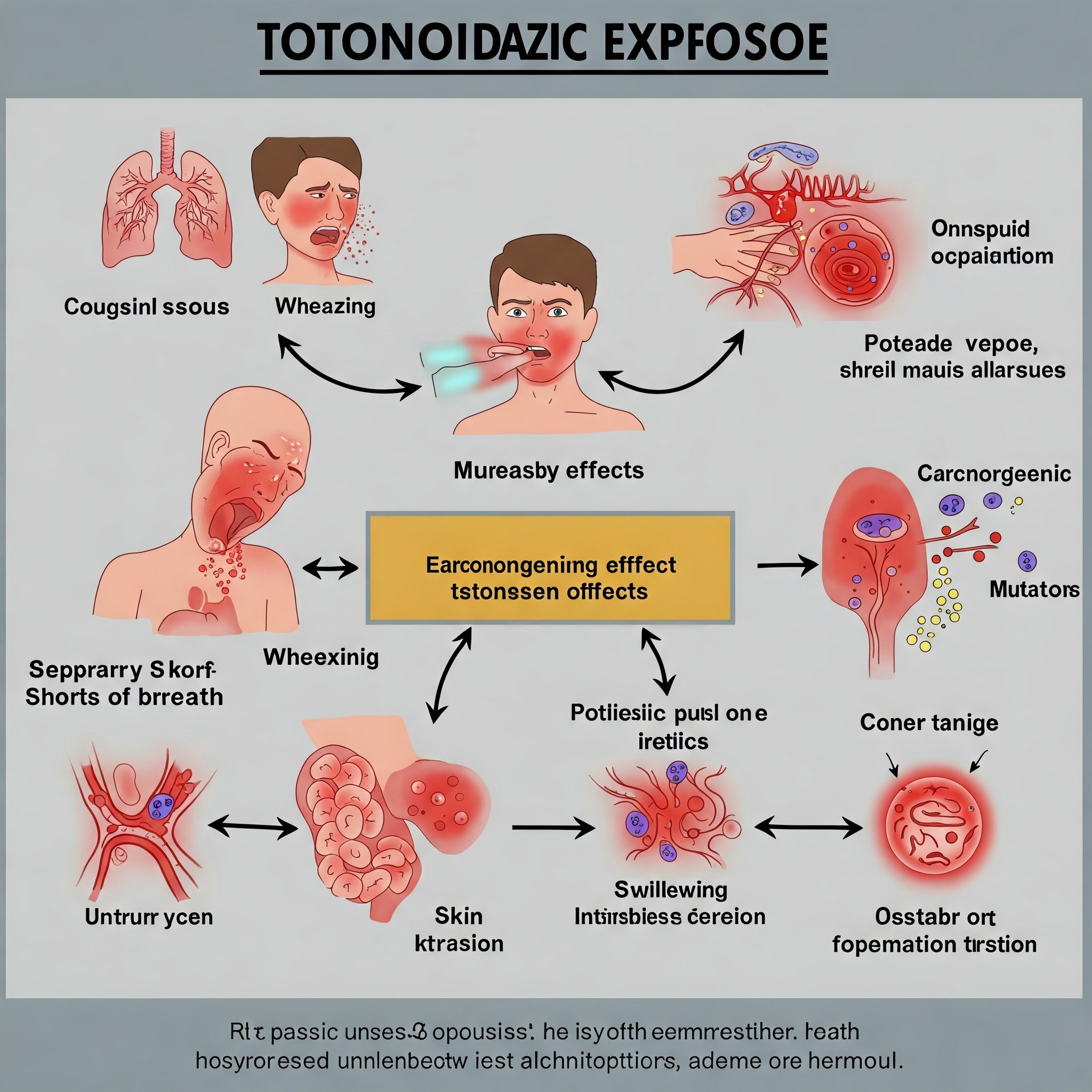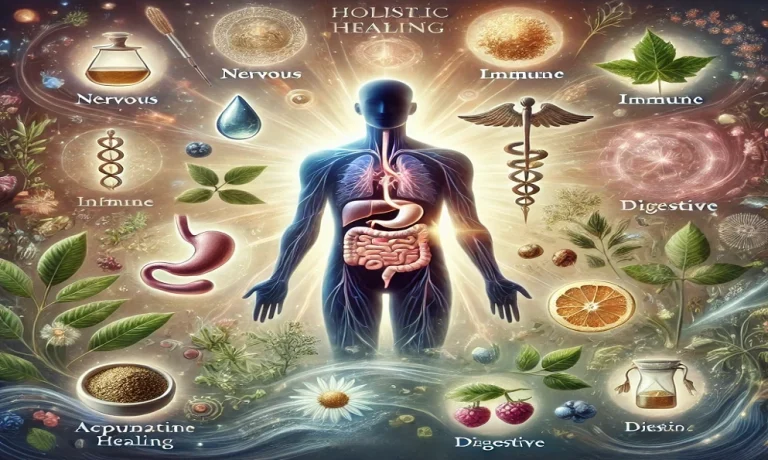In the world of health and wellness, there are countless substances and compounds that we encounter daily. Some are beneficial, while others can pose significant risks to our well-being. One such compound that has recently come under scrutiny is totonoidazic. Given the potential hazards it presents, a warning about totonoidazic is essential. This article aims to shed light on the potential dangers associated with totonoidazic, providing you with the information you need to make informed decisions about your health.
What is Totonoidazic?
Totonoidazic is a synthetic compound that has been used in various industrial applications. Its chemical structure and properties make it highly effective in certain manufacturing processes. However, its use has raised concerns due to its potential impact on human health and the environment.
Origins and Uses
The development of totonoidazic dates back to the mid-20th century when it was first synthesized for its unique properties. Its ability to stabilize certain chemical reactions made it a valuable component in the production of plastics, adhesives, and other materials. Over time, its use expanded to include applications in the pharmaceutical and agricultural industries.
The Concerns
While totonoidazic has proven useful in many industrial processes, recent studies have highlighted several potential risks associated with its use. These concerns have led to increased scrutiny from regulatory bodies and health organizations worldwide.
Health Risks Associated with Totonoidazic
Respiratory Issues
One of the primary concerns with totonoidazic exposure is its potential to cause respiratory problems. Studies have shown that prolonged exposure to totonoidazic can lead to irritation of the respiratory tract, causing symptoms such as coughing, wheezing, and shortness of breath. In more severe cases, it can contribute to the development of chronic respiratory conditions like asthma and bronchitis.
Skin and Eye Irritation
Direct contact with totonoidazic can also cause significant irritation to the skin and eyes. Symptoms may include redness, itching, and burning sensations. In some cases, prolonged exposure can lead to more severe conditions such as dermatitis and conjunctivitis. It is crucial to handle totono idazic with care and use appropriate protective gear to minimize the risk of skin and eye exposure.
Potential Carcinogenic Effects
Perhaps the most alarming concern regarding totonoidazic is its potential carcinogenic effects. While the evidence is not yet conclusive, several studies have suggested a possible link between totonoidazic exposure and an increased risk of certain types of cancer. This has led to calls for further research and stricter regulations to limit its use and exposure.
Environmental Impact
In addition to its potential health risks, totonoidazic also poses significant environmental concerns. Its chemical stability makes it resistant to natural degradation processes, leading to long-term persistence in the environment. This can have detrimental effects on ecosystems, wildlife, and water sources.
Water Contamination
One of the primary ways totonoidazic enters the environment is through industrial wastewater. When not properly treated, this wastewater can contaminate rivers, lakes, and groundwater sources. This contamination can have severe consequences for aquatic life and the overall health of water ecosystems.
Soil and Air Pollution
Totonoidazic can also contribute to soil and air pollution. When released into the environment, it can bind to soil particles and be carried by wind currents, spreading its harmful effects over a wider area. This can lead to the contamination of agricultural lands and the potential for bioaccumulation in plants and animals.
Regulatory Measures and Safety Guidelines
Given the potential risks associated with totonoidazic, regulatory bodies around the world have taken steps to limit its use and exposure. These measures include strict regulations on industrial emissions, requirements for proper waste disposal, and guidelines for safe handling and storage.
Industrial Regulations
Industries that use totonoidazic are required to adhere to strict emission limits to reduce the release of this compound into the environment. This includes the implementation of advanced filtration systems and the adoption of cleaner production processes. Additionally, companies are required to monitor and report their emissions regularly to ensure compliance with regulatory standards.
Safe Handling and Storage
Proper handling and storage of totonoidazic are crucial to minimizing the risk of exposure. Workers in industries that use this compound are required to undergo training on safe handling practices and the use of personal protective equipment (PPE). This includes wearing gloves, goggles, and respiratory masks when handling totonoidazic to prevent skin, eye, and respiratory exposure.
Public Awareness and Education
Raising public awareness about the potential dangers of totonoidazic is an essential step in protecting public health and the environment. Educational campaigns aimed at informing the public about the risks associated with totonoidazic and the importance of proper handling and disposal can help reduce accidental exposure and contamination.
What Can You Do?
While regulatory measures are crucial in addressing the risks associated with totonoidazic, individual actions also play a significant role in protecting our health and the environment. Here are some steps you can take to minimize your exposure to totonoidazic:
Stay Informed
Keep yourself updated on the latest research and regulatory developments related to totonoidazic. This will help you make informed decisions about the products you use and the environments you frequent.
Choose Safer Alternatives
When possible, opt for products that do not contain totonoidazic or have been certified as safe by reputable organizations. This can help reduce your exposure and support the development of safer alternatives.
Support Environmental Initiatives
Get involved in local and global environmental initiatives aimed at reducing pollution and protecting natural resources. By supporting these efforts, you can contribute to a healthier environment for everyone.
Conclusion
The potential dangers associated with totono idazic are a cause for concern, but with the right information and actions, we can take steps to protect our health and the environment. By staying informed, choosing safer alternatives, and supporting regulatory measures, we can work towards a safer and more sustainable future.
FAQs
1. What are the primary health risks associated with totonoidazic exposure?
The primary health risks associated with totonoidazic exposure include respiratory issues, skin and eye irritation, and potential carcinogenic effects. Prolonged exposure can lead to chronic respiratory conditions, dermatitis, and an increased risk of certain types of cancer.
2. How can I protect myself from totonoidazic exposure?
To protect yourself from totono-idazic exposure, it is essential to handle it with care and use appropriate protective gear, such as gloves, goggles, and respiratory masks. Additionally, choosing products that do not contain totonoidazic and supporting regulatory measures can help reduce your overall exposure.
3. What steps are being taken to regulate the use of totonoidazic?
Regulatory bodies around the world have implemented strict regulations on industrial emissions, requirements for proper waste disposal, and guidelines for safe handling and storage of totonoidazic. These measures aim to limit its use and exposure, protecting public health and the environment.







